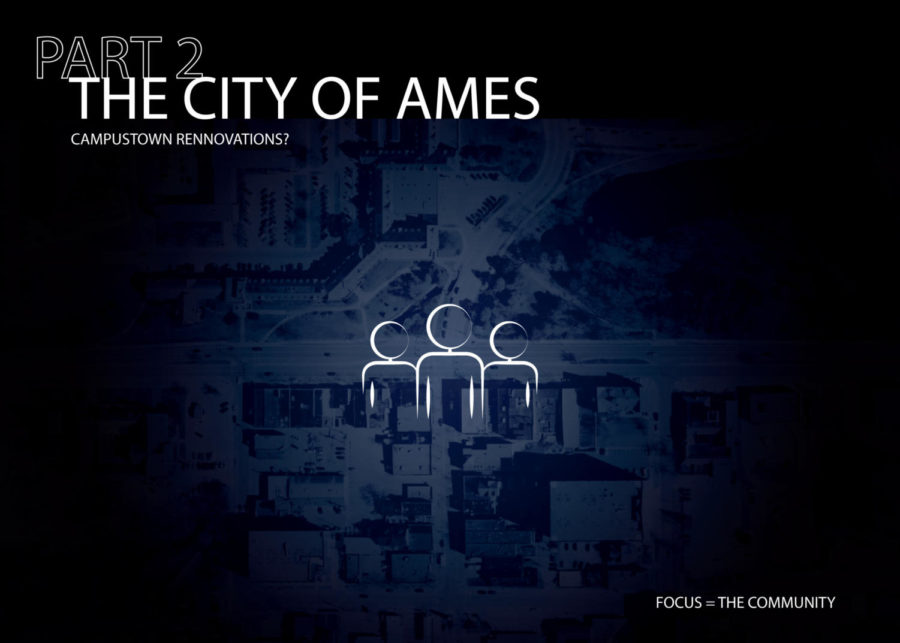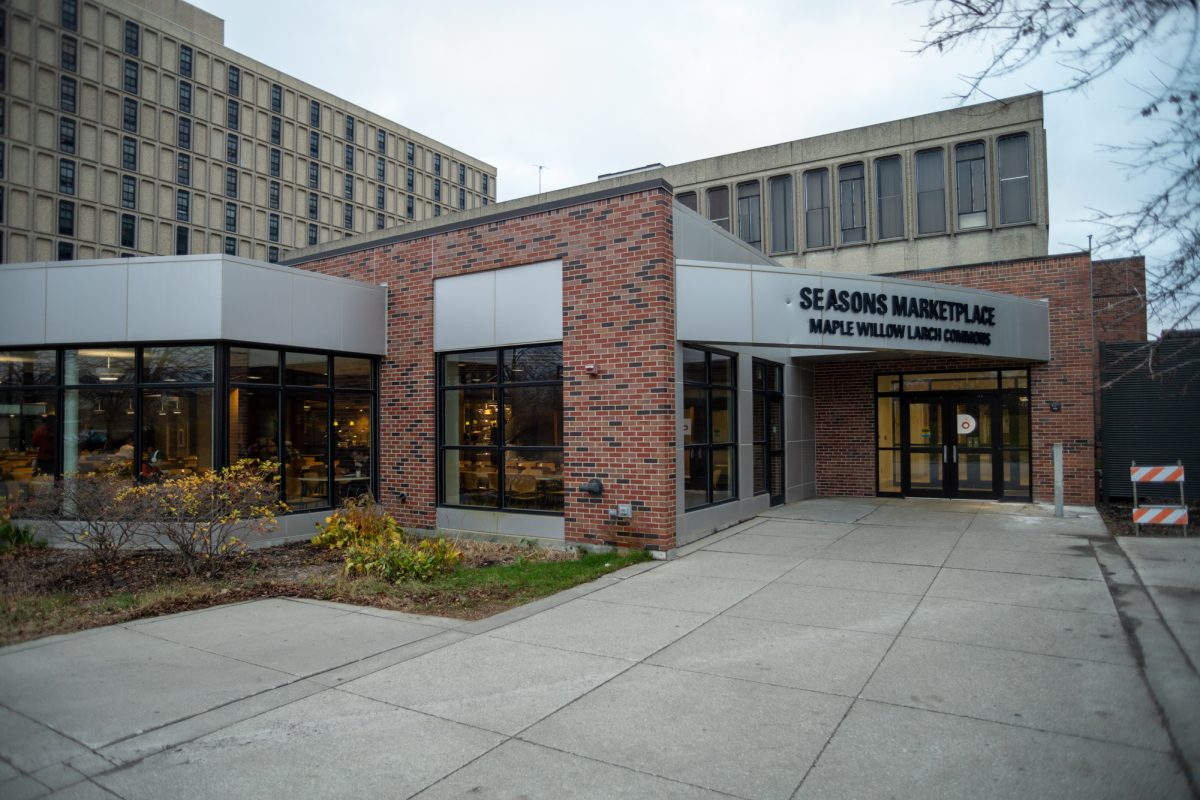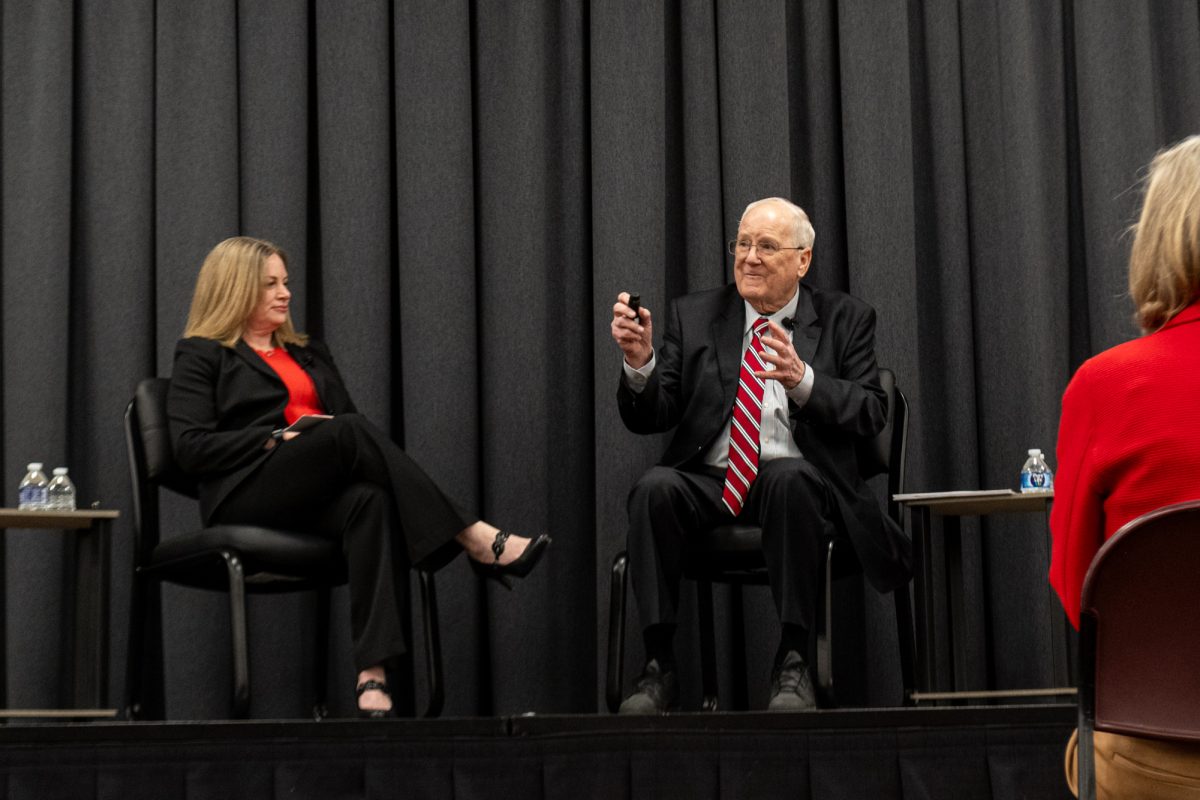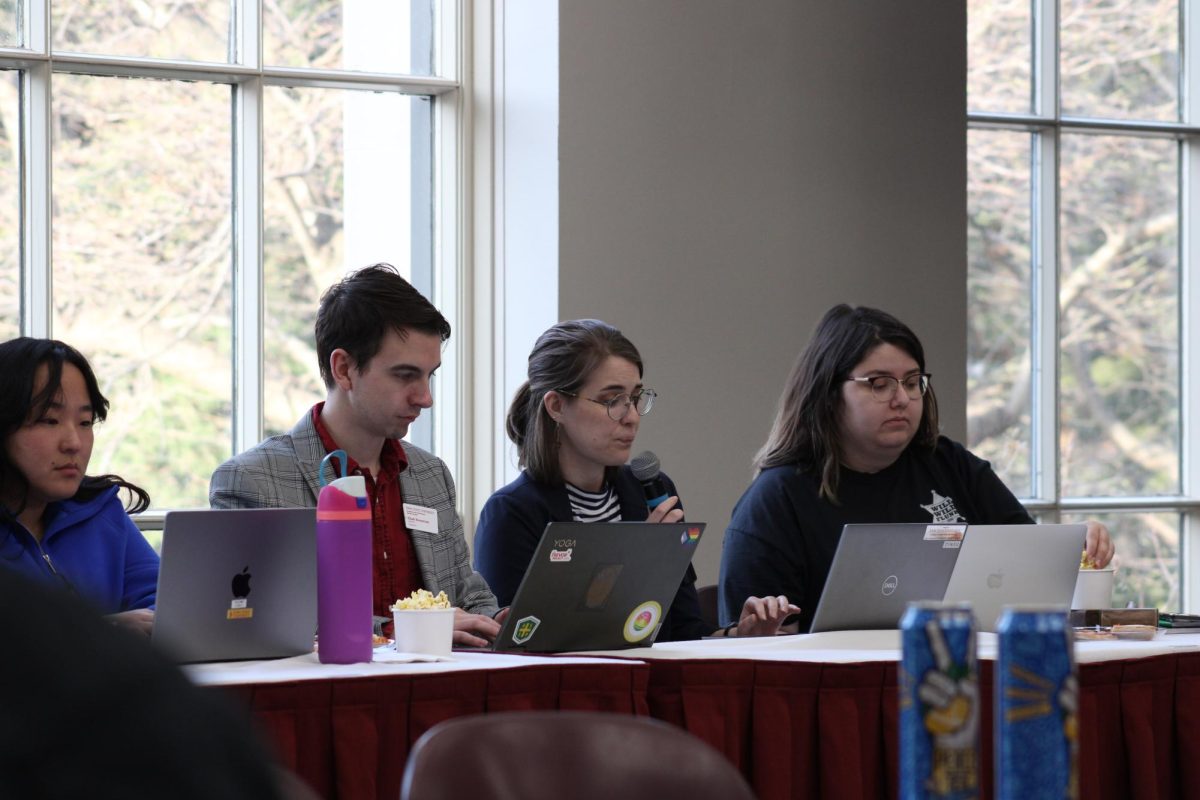Common ground: City of Ames makes Campustown redevelopment high priority
Illustration: Kyle Holcombe/Iowa State Daily
Campustown – The City
January 23, 2012
The city of Ames has made investments in Campustown ranging from a multimillion dollar parking facility to noisemakers that deter crows, and now it is looking to Campustown Action Association to take the lead.
“Most projects that are successful have to have strong leadership from the private sector,” said city manager Steve Schainker. “Usually we’re in a supporting role.”
Still, Campustown remains an important issue for the city.
“The feedback I get from alumni who come to town, from visitors who come to activities at Iowa State, from people who compare Campustown to other university communities — they express concern,” said Ames Mayor Ann Campbell. “Ideally, I would hope to have it be an inviting place for diverse populations to find attractive. I think in many ways it could replicate the diversity that Iowa State has.”
Parking can be re-evaluated
“Suddenly the biggest problem in Campustown, which is parking, will be relieved somewhat,” said Ames City Council member and economics professor Peter Orazem.
The Intermodal Facility being constructed on Hayward Avenue will add hundreds of parking spaces to the neighborhood, as well as space for buses and bicycles. The facility is expected to be open by the start of the next school year.
The city of Ames owns a parking lot in the middle of Campustown — but with the development of the Intermodal Hub, Schainker said that space could become available for other uses.
Orazem echoed CAA president John Haila’s desire to see more green, open space in Campustown — possibly even banning vehicles from some areas. He said parking areas could be used to create a European-style park, a plaza or outdoor dining for restaurants.
Orazem called the ISU Arboretum, on the west side of Campustown, the “missing jewel” of the area. Creating a multi-use pathway leading to the arboretum could help increase the number of visitors to that space and beautify Campustown.
“I would be very disappointed if in five years from now, you didn’t see a very different Campustown,” he said, expressing a desire for more green space, cultural activities and diverse businesses.
‘Constant churning’
“The key thing for a vibrant community is not one where everyone succeeds, but one where everyone feels they can take a shot,” Orazem said.
Statistically, most businesses do fail. Orazem said it’s natural for communities to have a “constant churning” of new business ideas. He said Campustown, on the other hand, seems to be standing still.
However, the community has learned things over the past few years of experimentation. The Lane4 process taught them more about what renovations could potentially cost, and the Varsity Theatre proposal taught them more about the wants and needs of the community.
Schainker said it would be possible for the city to provide tax abatements to improve the area.
“Once we see what the project is, we can see what we can bring to it,” he said.






